Find a book

A Book a Month
We can send a book a month for six or twelve months - the perfect gift. More »

Café Music
Listen to our album of Café Music while browsing the site. More »

A parallel in pictures to the world of Persephone Books.
To subscribe, enter your email address below and click 'Subscribe'.
12 March 2018
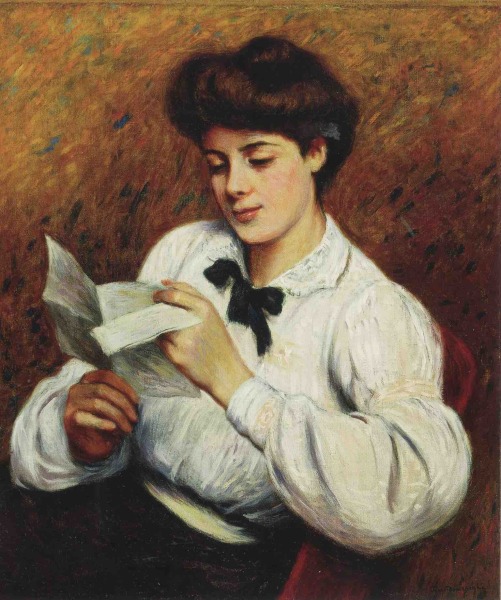
A peaceful week of women reading, something far ‘nicer’ and less controversial than last week’s unpleasantly political posts (as some people found them). The Letter by Federico Zandomeneghi (1841-1917) is in a private collection
9 March 2018

Finally the Es, living in hovels and worse (there is a suggestion of someone being hung on the right) with no quality of life (as they wouldn’t have called it in 1948) at all. This grade includes intellectuals and we have put on the bookmark the scene in which one of the characters is graded E because he says he likes Picasso. Actually he doesn’t but ‘one of the things we’d hoped Socialism would do would be to give everyone a taste for Art and all that’ so he pretends to like him; only to be told that ‘if you hadn’t been so vehement, I might have fixed you up at Aberystwyth like we did Mr Rowse. But after what you said about Picasso, I’ve got no choice. You’re for the E’s.’ This is the most amazing book, a political tract but very, very funny. We publish it on April 19th but review copies are available now if anyone feels a review coming on.
8 March 2018
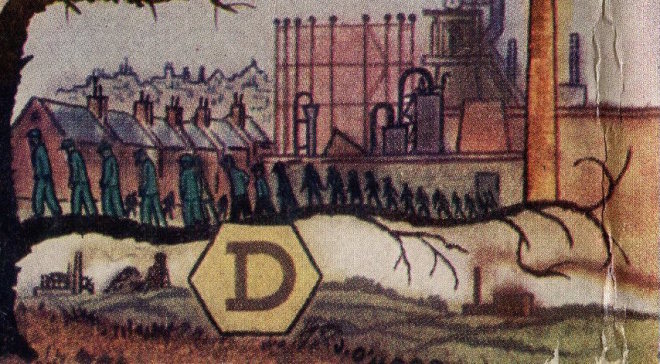
The Ds are the people in Round about a Pound a Week: they live in cramped cottages, scraping together a living. The As occasionally take them some gruel. But do nothing else. A lot of them are put in prison (actual or metaphorical) by the As, hence the line of prisoners shuffling along, going off to ‘forced labour’. Honestly, most readers of the Post will be feeling angry already and they haven’t even read the book yet. But actually it’s funny and extremely readable, oddly enough rather like a politicised Lady Rose and Mrs Memmary in tone – the fury is subdued by humour and a kind of rueful acceptance of man’s beastliness to man.
7 March 2018
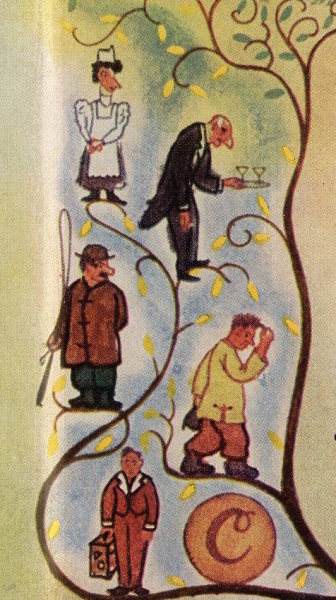
The Cs are far humbler than the Bs, they are not shop keepers or teachers but definite servants, forced to wear smocks and grow forelocks so they can doff them – to As. Persephone readers will be getting to the stage when having their first glimpse of Tory Heaven of not knowing whether to laugh or cry. But it gets worse, far worse. (Although stops short at genocide. Yet it’s hard not to have the knowledge at the back of one’s mind that Marghanita Laski was writing only months after the discovery of the Holocaust – as it was not called then – and this must have intensified her satirical gaze.)
6 March 2018
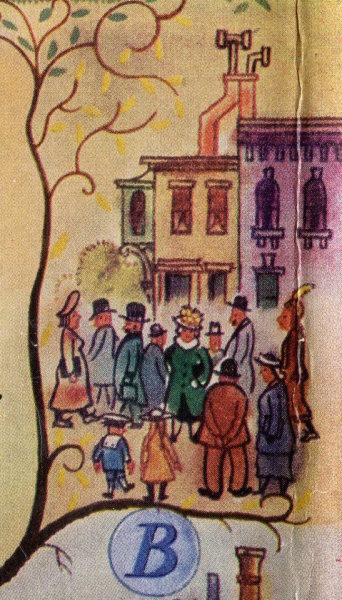
The Bs ‘represent the middle class. At its lower level you will find the white-collar clerk, at the top the sort of business men who live in expensive houses in outer suburbs.’ They look after the As and are pleased to do so: they are respectable, and perfectly content with their lot, for they know their place. You can aspire to be a B but have to be born an A, ‘though that’s not enough by itself; you have got to have an attitude of easy superiority as well.’
5 March 2018
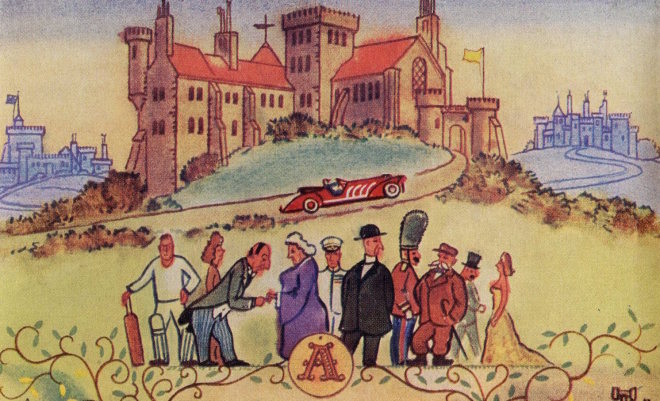
Tory Heaven by Marghanita Laski is a 1948 satire which we publish in April: it bleakly imagines Britain in the grip of the Tories, enduring a hierarchical class system in which everyone is (ruthlessly and self-servingly) graded (by the As) A, B, C, D or E. The American edition of the book had a dust jacket depicting the five grades; we have turned this into a ‘belly band’ which wraps round the grey Persephone jacket. Here are the As.
2 March 2018
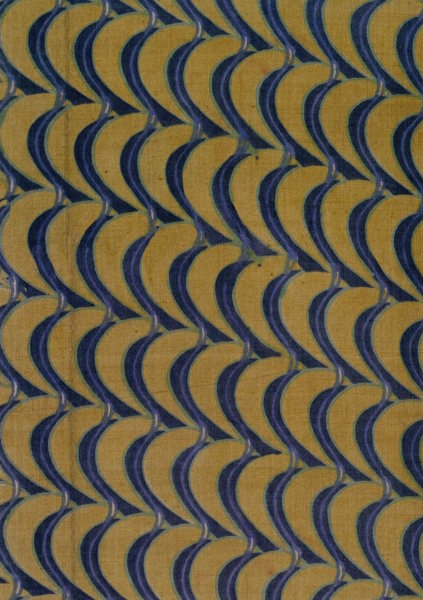
And this is a 1918 design that was actually manufactured – on shantung silk by William Foxton in 1919: and we have used it as the endpaper for Rose Allatini’s 1918 novel Despised and Rejected. We are using the V & A’s sample seen here (although they have it the wrong way up, whereas we have assumed that the author of the textile book is correct and have used it this way). (Once we would explain why a particular textile was chosen but gave this up as it was so open to misinterpretation. Suffice it to say that, obviously, the date was correct; the colours are sufficiently muted for a novel about a gay conscientious objector; the design is modernist, which the book definitely is – after its distinctly Edwardian opening; and although this design is presumably of crescent moons, there is also something reminiscent of human anatomy about it.)
